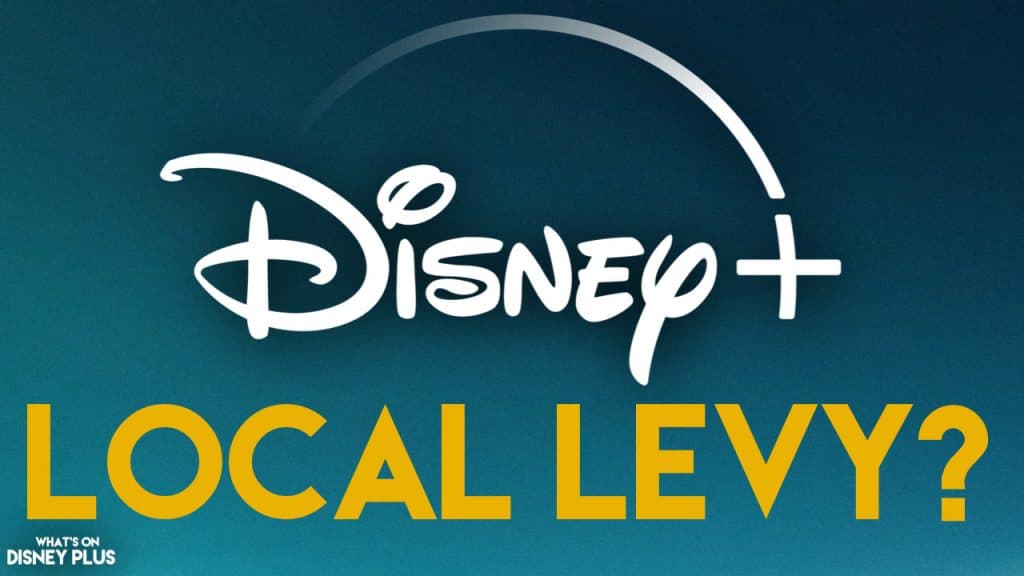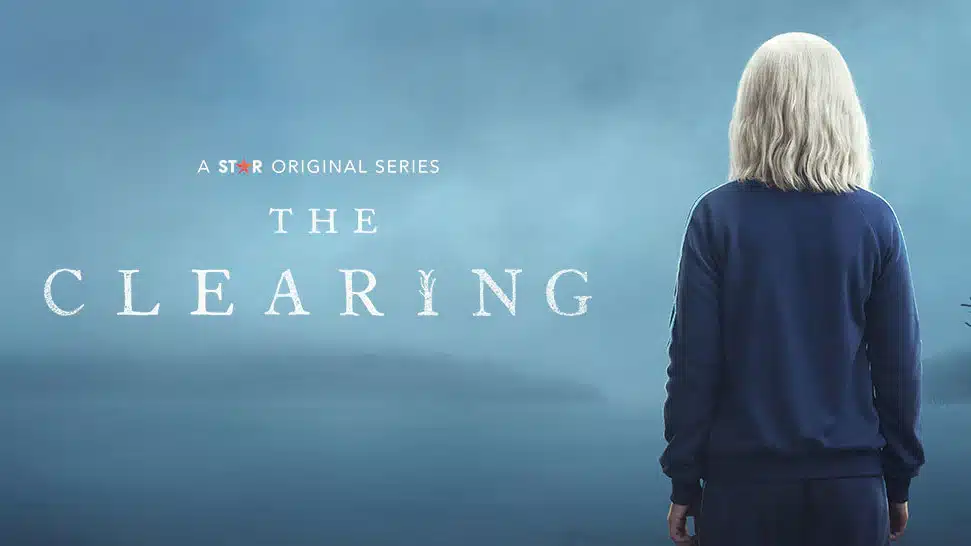
Australian Screen Industry Wants Streaming Services Including Disney+ To Pay Content Levy
As streaming platforms like Disney+, Netflix, and Amazon Prime Video have continued to grow their subscribers outside of the United States, many governments have been looking at ways of protecting their local film industries and cultures.
With audiences shifting their viewing habits from local television stations to global streaming services, there has been a drastic reduction in the amount of local content being made, and many governments are looking at ways to try to slow this down. As many worry, if they don’t, the US-owned streaming services will end up completely controlling how people view movies and shows, which would likely be dominated by US-made series and films.
Many countries, including Canada and Ireland, are implementing rules to force streaming services to either create more local content or pay for more content to be created within the region. Around ten other countries, mainly in the EU, such as France, Italy and Germany, have already put regulations in place to help protect local culture and film industries.
Australia is also currently looking into ways of protecting its film industry and culture on screen, with regulations of streaming services coming under more scrutiny.
The Screen Producers Australia group made a statement at the National Cultural Policy inquiry hearing, which is part of the Australian ‘Revive’ plan. In it, they laid out some of the things that could be done to protect the Australian film industry and keep its culture on our screens.
The group has laid out its suggestions for the regulations, which focus on four key areas:
- A minimum 20% of revenue investment obligation by the steaming services or a certain and legislated pathway that will reach this goal within three years.
- A strong definition of ‘Australian content’, that will deliver screen stories of Australian cultural value.
- Ownership of intellectual property in Australian creativity must be secured for Australians and treated as a valuable national asset to be retained by us.
- For the Australian screen industry to retain its independent character that currently ensures diversity of screen stories and supports expression of our unique character and creativity.
They have also said that the second policy is focused on changes to the Location Offset and Producer Offset that have been announced by the Government at last year’s Budget and which are the subject of a current separate inquiry by the Senate Economics Committee.
The government was supposed to present its plans to parliament on July 1st, 2024, but it hasn’t yet outlined its plans, which is causing problems within the film industry.
The Australian screen industry is unanimous in calling for a a robust, transparent and incorruptible regulatory model that all Australians can have confidence in and that will take our industry forward, meet the promise to audiences of Revive, and demonstrates an ambition to grow the Australian screen industry as an important future industry for our economy in a screen content-hungry world.
There are also some issues regarding what is considered an Australian piece of content, as in some recent documentaries, so the group wants more clarification on what counts as Australian and what doesn’t.
Some countries have tried to implement a quota on how much content should be from a region, which a streaming service operates, however this is looking much harder to achieve due to the global nature of streaming services. It would be difficult for any streaming service to have a specific percentage per country, which is why most countries, including Australia, are looking at a percentage of earnings within that country.
Screen Producers Australia estimated that a 20% spending obligation to create local content would be equal to about $341.5 million a year across all of the different streaming services. This could raise some issues since it could be viewed as an additional tax to operate in that country, which is likely to be passed onto subscribers. If it was too high, a streamer could pull out of the country completely.
The group states that the global streaming platform, including Disney+, has dramatically changed the business conditions for every content maker in Australia. Without robust regulation on streaming platforms, Australia’s screen industry faces a very uncertain and precarious future.
We know they are threatening the Australian Government around proposed regulation and claiming that their financial future is under threat, or that they will shut up shop in Australia if regulated, with no regard for the viability of the local screen industry that they are exploiting for only their own benefit.
This challenging unfair commercial behaviour is also infiltrating other parts of our sector such as in the broadcasting industry and unfortunately also from our national broadcasters as our members try to fight for sustainable arrangements as part of the commercial deals that underpin the industry.
With commercial free-to-air broadcasters all but having been allowed to give up on commissioning any Australian drama or children’s programs, and subscription television commissioning only the minimum amount required under an outdated 90’s era scheme – we are now faced with a situation in which global streamers are increasingly the masters of Australia’s screen industry, and our industry is at risk of becoming their slaves. For all of these reasons, our members are facing a very tough future.
Asking streamers to allocate a small portion of the revenue gained from Australian subscribers back to Australian audiences and to ensure a sustainable Australian production industry that can tell our nation’s stories using the most powerful cultural medium we have – our screens – doesn’t seem too much to ask.
Disney has already released a number of originals, including “The Clearing” and “The Artful Dodger”, plus it has a film studio in the country, which has been used to film major releases like “Thor: Love & Thunder” and “Shang-Chi And The Legends Of The Ten Rings”.
Should this legislation go through, we are likely to see more shows made in Australia, which I think is a good thing on many different levels. It provides stories from around the world rather than everything being filmed in Los Angeles, Atlanta, and New York. But if a government gets too trigger happy on how much it wants to charge, ultimately, subscribers will be the ones paying for it.
Do you think a local levy would be a good idea? Let us know on social media!





